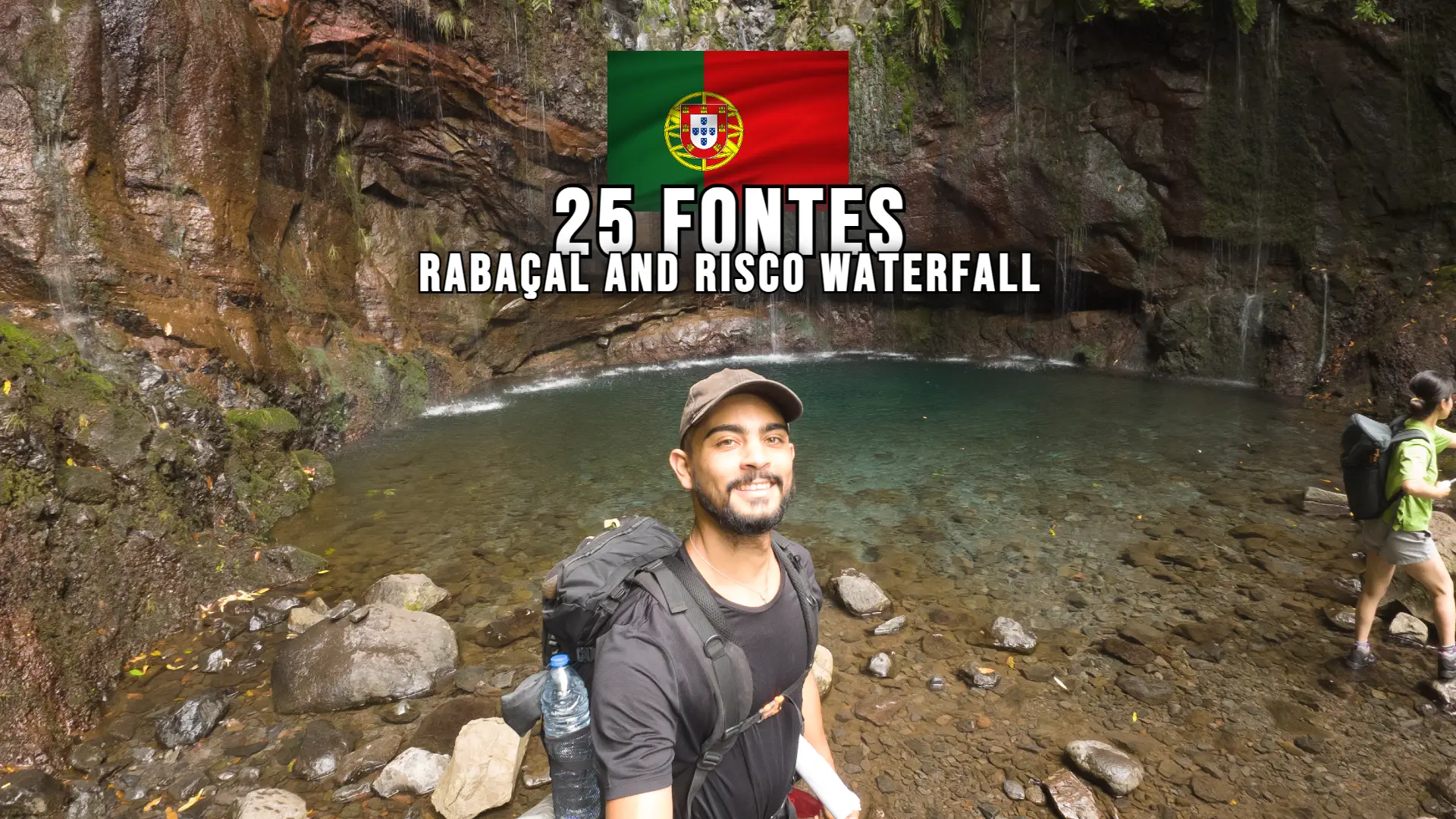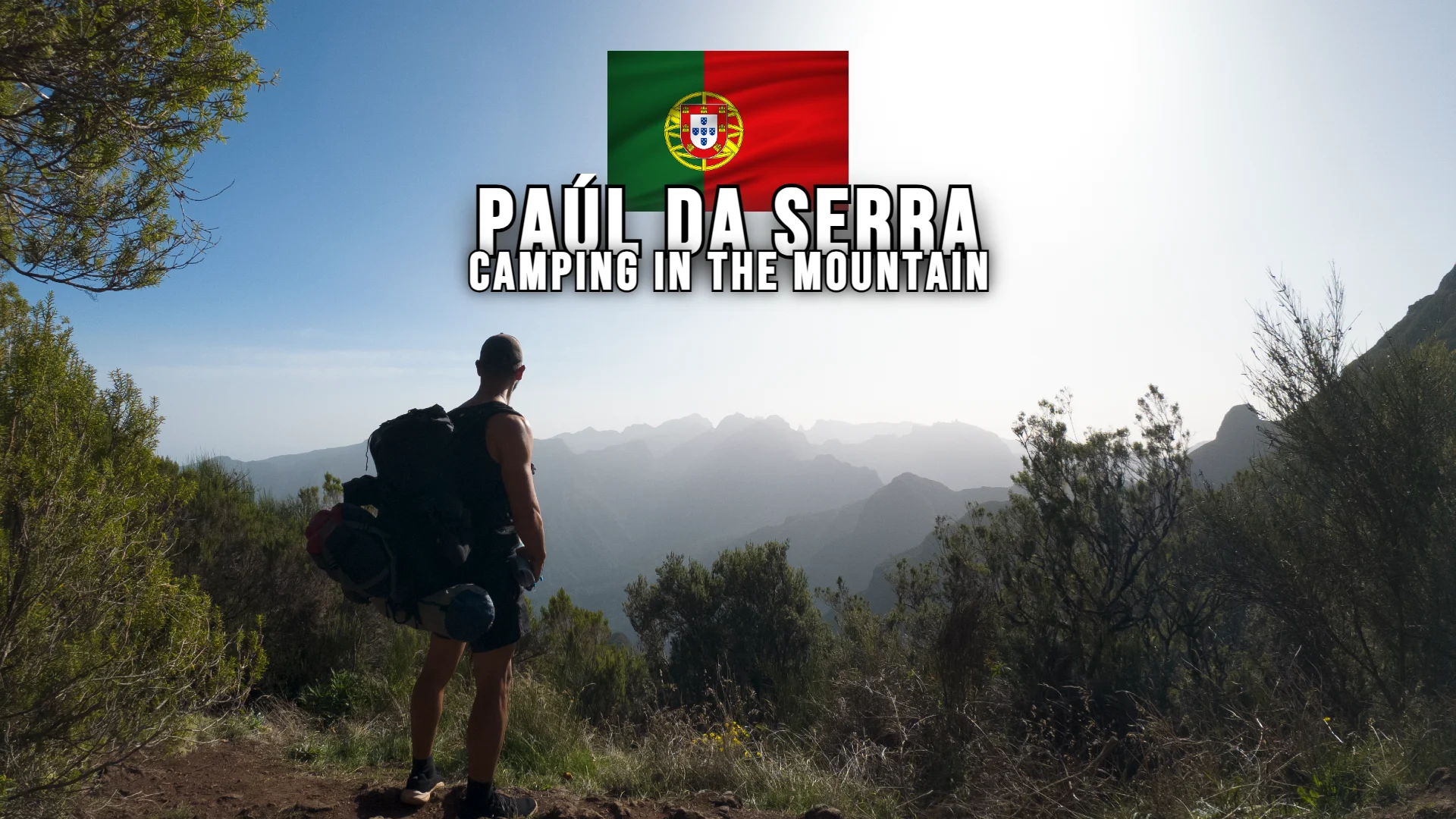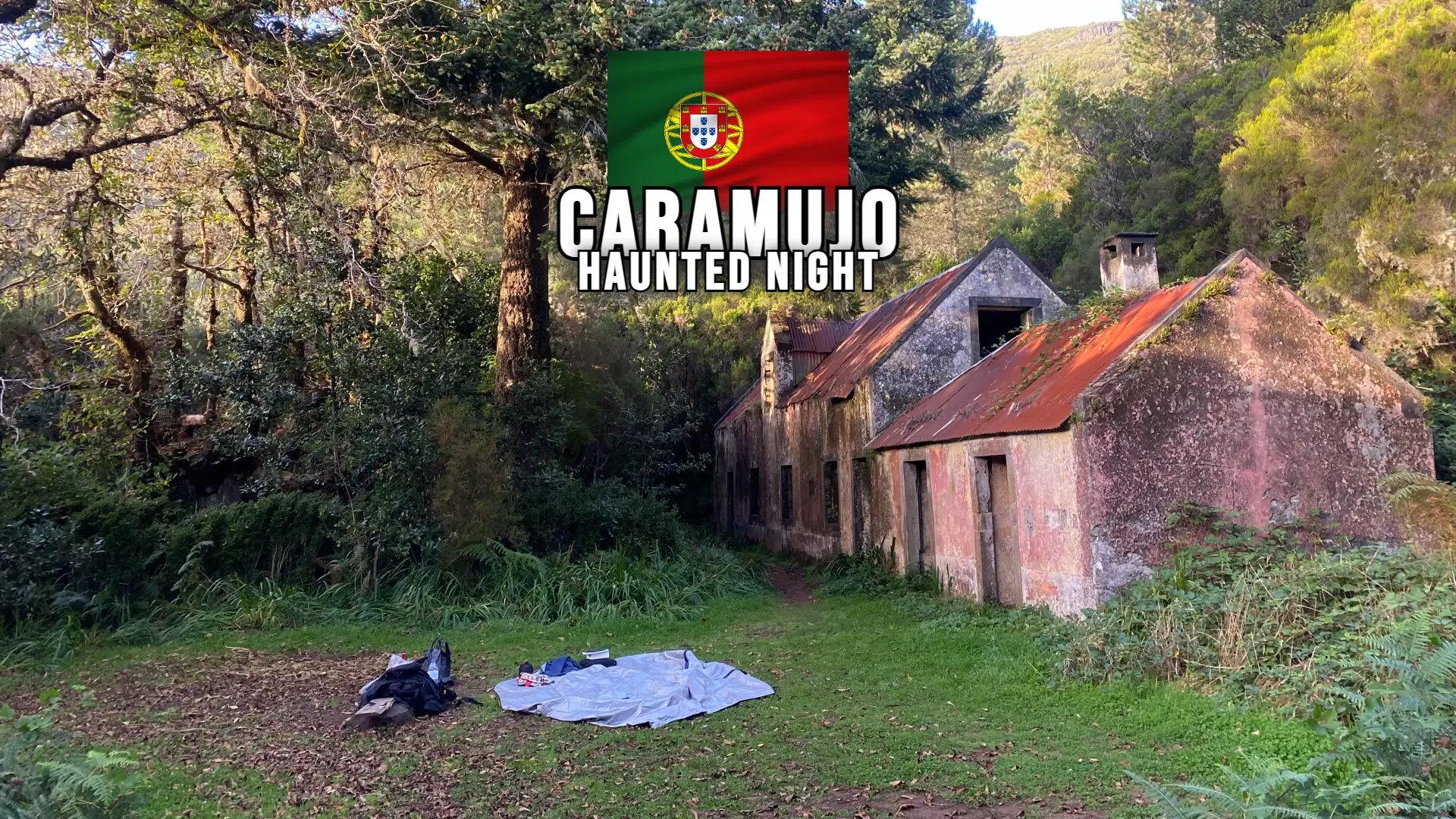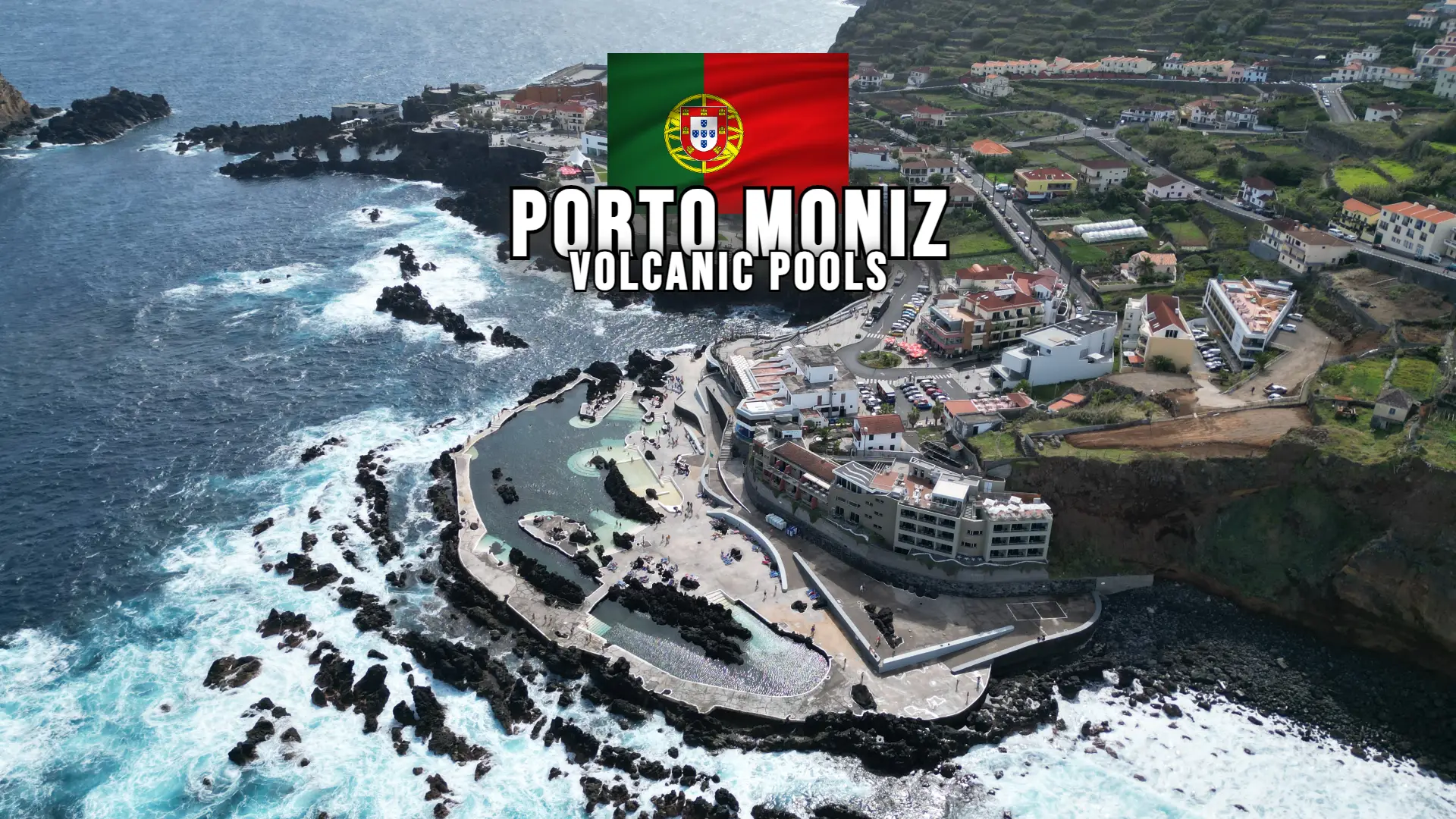We woke up early to go to the Colosseum, had a quick shower and went outside.
We took the metro to the station closest to the hotel and then a bus, stopping very close to the Monument to Vittorio Emanuele II. Arriving there, I saw how big this monument is, it’s immense, huge, you can feel the weight of history there, my heart started racing, I wanted to get in there and see what it was like! And so I did. Ingrid was waiting downstairs, she didn’t want to go up, so I went to visit the Basilica di Santa Maria in Aracoeli first. I climbed that staircase, everything was so beautiful. I started imagining the people who had climbed those stairs in the past, and now I was doing the same. Visiting new places, getting to know monuments, cultures, it’s all about reliving history there with your own eyes and feeling the energy emanating from the place with your hands touching the walls. On the outside it’s a simple basilica, but inside it’s surprising in its details.
Basilica of Santa Maria
Situated behind the Altare della Patria, The Basilica di Santa Maria in Aracoeli, perched atop the Capitoline Hill in Rome, Italy, is a captivating testament to history, faith, and art. This basilica holds a special place not only within the heart of the city but also within the hearts of those who visit it.
What makes Santa Maria in Aracoeli particularly intriguing is its rich and multifaceted history. Legend has it that the church was built on the very site where Emperor Augustus had a vision of the Virgin Mary, who instructed him to build a temple in her honor. This origin story lends a unique aura of spiritual significance to the basilica.
However, what truly sets Santa Maria in Aracoeli apart is its remarkable interior. As you step through its doors, you’re greeted by a stunning blend of medieval, Renaissance, and Baroque artistry. The intricate frescoes and mosaics that adorn the walls transport you back in time, offering glimpses of the devotion and creativity that have flourished within these hallowed walls.
One of the most remarkable features of the basilica is the Santo Bambino, a wooden statue of the baby Jesus that dates back to the 15th century. It’s not just the statue itself that is captivating, but the tradition and stories associated with it. The statue is believed to have miraculous healing powers and has attracted pilgrims and devotees for centuries.
Another highlight of Santa Maria in Aracoeli is the impressive wooden ceiling, known as the “Cappella degli Spagnoli” or Chapel of the Spaniards. This intricately carved masterpiece serves as a stunning visual representation of the skill and dedication of the artisans who crafted it.
But perhaps what makes this basilica even more fascinating is its connection to Roman history. Beneath the church lies the ancient Temple of Juno Moneta, which is believed to be the origin of the term “money.” This juxtaposition of ancient history and religious devotion adds yet another layer of intrigue to the site.
Standing in the Basilica di Santa Maria in Aracoeli, you can’t help but feel the weight of centuries, the echoes of prayers, and the touch of countless hands that have shaped its walls. It’s a place where art, history, and spirituality converge, inviting visitors to pause, reflect, and immerse themselves in the beauty and mystique of this hidden gem in the heart of Rome.
Altare della Patria: Monument to Vittorio Emanuele II
The Altare della Patria, also known as the Monumento a Vittorio Emanuele II, stands as an awe-inspiring symbol of Italy’s unification and national identity. Situated in the heart of Rome, this monumental structure is not merely a building; it’s a testament to the spirit of a nation and the vision of a united Italy.
One of the most striking aspects of the Altare della Patria is its sheer grandeur. The monument’s imposing white marble facade, intricate sculptures, and soaring columns demand attention from afar. It serves as a focal point that draws both locals and tourists alike, capturing the essence of Italy’s rich history and its journey towards unity.
The monument’s design reflects a harmonious blend of architectural styles, combining Neoclassical and Romantic elements. As you explore its details, you’ll notice numerous allegorical figures, statues, and reliefs that pay homage to various aspects of Italy’s cultural and historical heritage.
Perhaps the most recognizable feature of the Altare della Patria is the equestrian statue of King Vittorio Emanuele II at its center. This statue pays tribute to the first king of a united Italy, a figure who played a pivotal role in the country’s unification process in the 19th century. The statue’s commanding presence serves as a reminder of the sacrifices and aspirations that led to the birth of modern Italy.
Venturing inside the monument offers an equally enriching experience. The Museo Centrale del Risorgimento, housed within the Altare della Patria, provides an extensive collection of artifacts, documents, and artworks that chronicle the journey of Italy’s unification. Visitors can delve into the stories of key figures, historic events, and the social and political transformations that shaped the nation.
One cannot help but be captivated by the panoramic views that the Altare della Patria offers from its terraces. As you ascend to its heights, you’re rewarded with breathtaking vistas of the ancient Roman Forum, the Colosseum, and the sprawling city of Rome itself. It’s a vantage point that invites contemplation and reflection on the journey that Italy has undertaken over the centuries.
The Altare della Patria stands not only as an architectural marvel but as a living testament to Italy’s indomitable spirit and its enduring commitment to unity and freedom. It serves as a reminder that the aspirations of a nation can be etched in stone and marble, creating a legacy that continues to inspire generations to come.
Visiting the Colosseum
Arriving at the Colosseum, I got in a huge queue, more than 1:30 hours long. There was a guy who apparently wasn’t Italian, but he kept trying to fit into the queue to get in front of people. Don’t do that, it’s not nice. The ticket for the Colosseum costs 17€. We took the 15:00 ticket.
It’s worth mentioning that to enter the Colosseum you can either buy a ticket in advance online or queue up. The ticket has a date and time, so you can only enter at that time. While the time was up, we went for a lasagna nearby. I paid 14 euros for the lasagna with a drink and we stayed there for a little while to relax from lunch and then head to the Colosseum.
After a rest, we went to the Colosseum. We took photos and videos, and there were those annoying tour guides who looked at us funny. Visiting the Colosseum feels like being in a medieval movie. Of course, there are lots of distractions and tourists, but try to go to the top, outside, and connect with the place. Imagine everything that happened there in the Colosseum many years ago. How many historic warriors have fought there. The Colosseum began to be built during the time of Emperor Vespasian, around 70 and 72 BC. He died before completing the construction and his son and heir, Titus, had to finish it around the year 80 BC.
After the Colosseum we went to the Metro station, which is just ahead, to take the metro to the main station.
Surely the Colosseum is the greatest symbol of the Roman Empire, of the whole of Italy for that matter. If you ask anyone what the greatest monument in Italy is, most people will surely answer the Colosseum, a stop you should put on your list.
The History of the Colosseum
The Colosseum, also known as the Flavian Amphitheatre, is an ancient Roman amphitheatre located in the heart of Rome, Italy. It is one of the most iconic and recognizable landmarks in the world, with a rich history that spans over two thousand years.
Construction of the Colosseum began in AD 72 under the emperor Vespasian and was completed in AD 80 during the reign of his successor and heir, Titus. The amphitheatre was built on the site of an artificial lake in the grounds of Nero’s Domus Aurea palace. The Colosseum was commissioned as a gift to the people of Rome, and its construction was intended to showcase grand spectacles and provide a venue for various forms of entertainment.
The Colosseum could accommodate an estimated audience of 50,000 to 80,000 spectators, making it the largest amphitheatre ever built in the Roman Empire. The amphitheatre was primarily used for gladiatorial contests and public spectacles such as animal hunts, mock sea battles, and dramatic performances. These events were intended to entertain the Roman citizens, demonstrate the power of the emperor, and reinforce the social hierarchy.
The design of the Colosseum was a marvel of Roman engineering and architecture. The elliptical structure had multiple levels of seating, with different sections reserved for different classes of society. The seating arrangement allowed for efficient entry and exit of the massive crowds. The arena floor itself was a versatile space, equipped with trapdoors, lifts, and machinery to facilitate the elaborate shows.
The Colosseum’s popularity endured for centuries, but with the decline of the Roman Empire, its use changed. It gradually fell into disrepair, and by the Middle Ages, it was being used as a quarry for building materials. Over time, earthquakes and other natural events further damaged the structure.
Efforts to preserve the Colosseum gained momentum in the 18th and 19th centuries. Conservation and restoration projects were undertaken to stabilize the structure and protect its historical significance. Today, the Colosseum stands as a testament to the grandeur of ancient Rome and the skill of its architects and builders.
The Colosseum is a UNESCO World Heritage Site and a symbol of Rome’s rich history and cultural heritage. It continues to attract millions of visitors from around the world who come to marvel at its architecture, learn about its history, and imagine the epic events that once unfolded within its walls.
Touristic spots in Rome you can’t miss
Rome, a city steeped in history and artistic splendor, offers a treasure trove of iconic attractions that no tourist should miss. Here are some must-visit spots that encapsulate the essence of this eternal city:
The Colosseum: An awe-inspiring testament to ancient Rome’s engineering and entertainment prowess, the Colosseum is an iconic amphitheater where gladiatorial contests and grand spectacles once captivated audiences.
The Vatican City: Home to St. Peter’s Basilica and the Vatican Museums, this spiritual and artistic hub showcases Michelangelo’s stunning Sistine Chapel ceiling, St. Peter’s Square, and a wealth of religious and cultural treasures.
The Roman Forum: Walking among the ruins of the Roman Forum is akin to stepping into the heart of ancient Rome. This archaeological site was once the bustling center of Roman life and governance.
Pantheon: A marvel of ancient architecture, the Pantheon’s massive dome and oculus continue to inspire wonder. It’s a stunning example of Rome’s enduring architectural genius.
Trevi Fountain: A symbol of romance and wishes, the Trevi Fountain is a Baroque masterpiece where visitors toss a coin over their left shoulder to ensure their return to Rome.
Spanish Steps: A popular meeting point and scenic viewpoint, the Spanish Steps connect Piazza di Spagna with Trinità dei Monti Church, offering a charming spot for relaxation and people-watching.
Piazza Navona: This lively square is adorned with Bernini’s Fountain of the Four Rivers and surrounded by elegant architecture, street artists, and vibrant cafes.
Castel Sant’Angelo: Originally built as a mausoleum, this imposing fortress offers panoramic views of Rome and has served as a papal residence and a prison throughout its history.
Capitoline Hill and Museums: The Capitoline Hill houses Michelangelo’s iconic equestrian statue of Marcus Aurelius and the Capitoline Museums, which showcase a remarkable collection of ancient art.
Piazza del Popolo: A grand square at the entrance of ancient Rome, it features an Egyptian obelisk and twin churches that add to its captivating beauty.
These essential attractions are just a glimpse into Rome’s captivating tapestry of history, art, and culture. Each site narrates a unique chapter of this eternal city’s story, inviting visitors to walk in the footsteps of emperors, artists, and countless souls who have contributed to Rome’s enduring allure.
Towards Venice
We left the Colosseum and knew our final destination: Venice.
Right in front of the Colosseum there is a station where you can take the metro to practically the whole city. So we took our next metro to the city’s main train and bus station. It’s interesting to say that your Wise card is accepted to buy metro tickets directly at the turnstile, you don’t need to go and buy them at the ticket office. We got off and took the next train to the station. Arriving there at around 6pm, we discovered that the next ticket to Venice at 7pm cost 92 euros, while the 10pm ticket was cheaper at 50 euros.
There is no shower at Rome station.
We decided to buy the 10 p.m. ticket and in the meantime we did some laundry, had pizza again and took a shower. Note that Rome’s main station doesn’t have a shower, there are only toilets to do the bare necessities, which I thought was a bit bad given that it’s Rome. There should at least be a shower room where you can pay with a few coins and have a shower. Paying 2 or 3 euros would be enough for a 10-minute shower. So we madly called a few nearby hotels, trying to convince them to let us take a bath for a small fee. We even tried to find a hotel. We paid 20 euros each to take a shower in a nearby hotel. It was the best spent 20 euros of my life! I needed a shower.
At 10 p.m., we went to the station and took the train to Venice.
I slept well, although the seats on the train don’t recline and there was a lot of noise in the carriage, but that was okay. As well as losing our hotel room rate, we arrived in Venice at around 5am at Venice Mestre Station. Then we took the next bus to the island of Venice.









